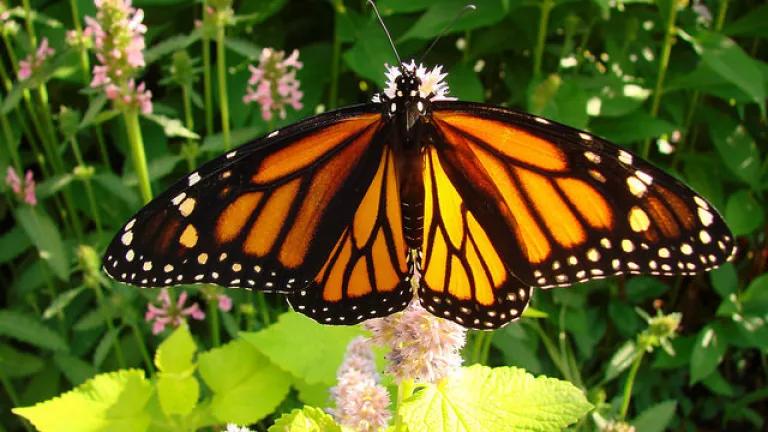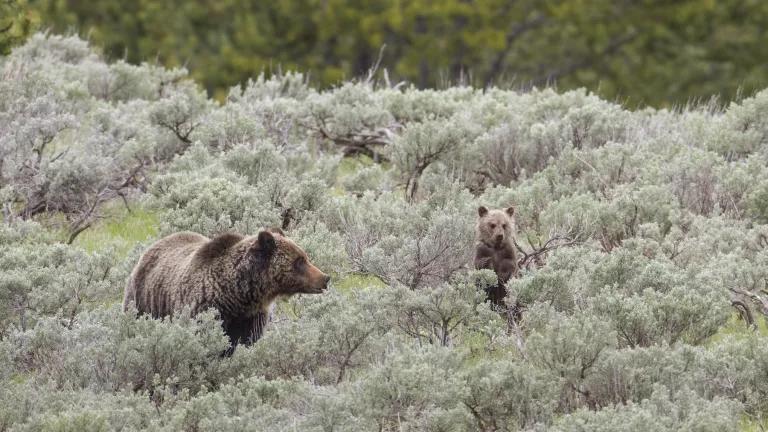Monarch Butterfly Numbers Are Up! And Down...

Great news out of Mexico: The yearly count of the eastern population of North American monarch butterflies increased dramatically this year. Spanning 6.05 hectares of oyamel forests, the monarch population more than doubled from last year’s 2.48 hectare measurement and is larger than it has been in more than 10 years. Despite this welcome increase, monarch butterflies continue to face an uncertain future.
Monarch butterflies migrate every year from the forests of Mexico across the United States up to Canada, over the course of several generations, and then return each winter to the same location. However, monarch butterflies have been in steep decline over the last 20 years due to a combination of factors including loss of habitat and increased pesticide use. Monarch caterpillars depend on milkweed as their sole food source. Milkweed used to be abundant across the agricultural Midwest until the adoption of crops that were genetically engineered to withstand glyphosate (commonly marketed as Round up). The resulting loss of milkweed from farm fields corresponds with the decline of monarchs. Additionally, other agricultural insecticides and herbicides such as neonicotinoids and dicamba also pose threats to the monarch butterflies.
Scientists have attributed this year’s monarch population increase largely to favorable weather conditions during their migration. However, the availability of milkweed is also likely to be a factor in determining the number of monarchs. In the past few years there have been numerous milkweed restoration projects occurring across the US though for the most part it is not yet known whether or how much these restoration efforts have contributed to supporting the increase in monarch butterflies.
A population size of six hectares is considered to be the minimum needed to substantially reduce the risk of collapse of the monarch’s migration. However, it will be important to see whether the population can be maintained at these higher numbers in the years to come and better yet, if the population can increase even more. Leading scientists fear that without further action, it will not.
The larger population in Mexico it is not all good news for monarch butterflies. The western population that is largely found in California crashed this year—dropping 90% from already low numbers and reaching a crisis level. While there is no single explanation for this decline, experts have pointed to loss of habitat, pesticide use and California’s wildfires.
While today’s news is hopeful for the rebound of the eastern population of monarch butterflies, they are not out of the woods yet. Efforts to restore native flowering plants including milkweed throughout the migratory pathway of the monarch butterfly is still desperately needed, as is reducing our dependence on agricultural pesticide use. But, if we can achieve both of those things, monarch butterflies will gladly return.




